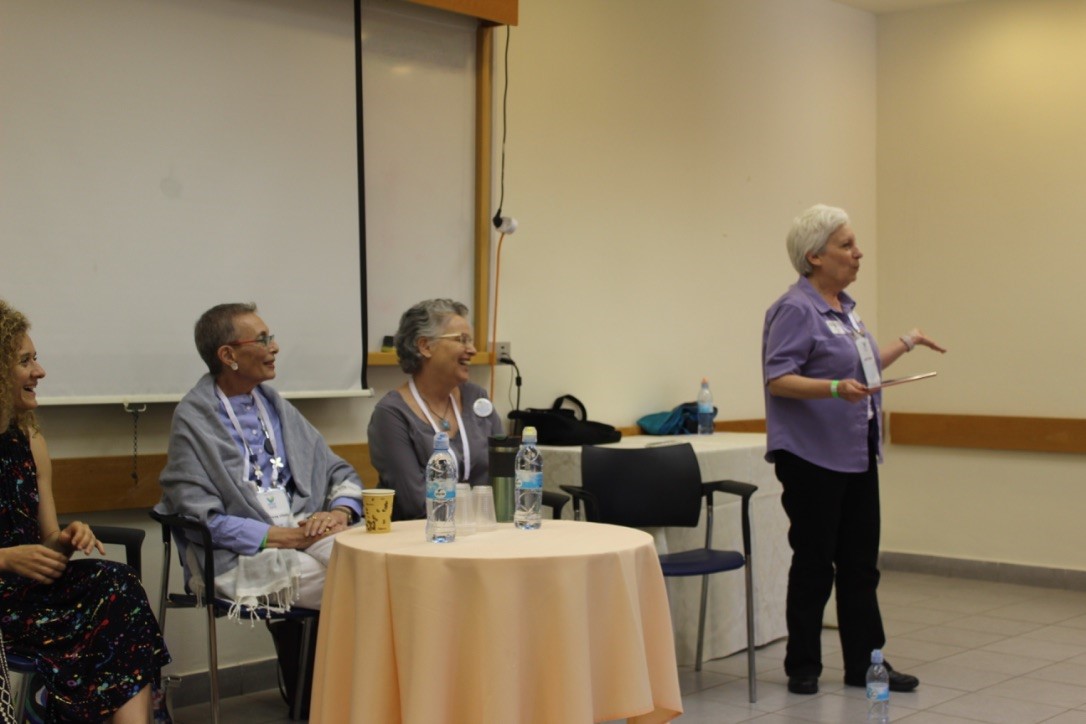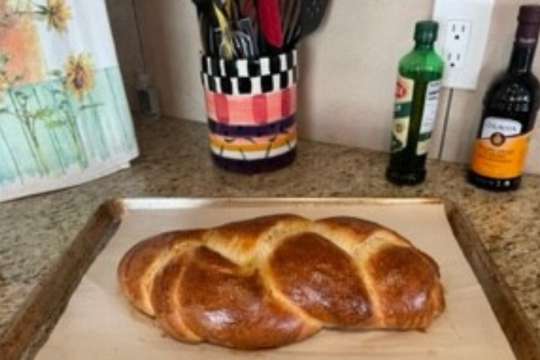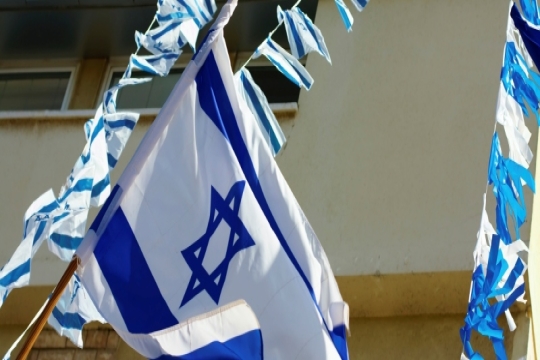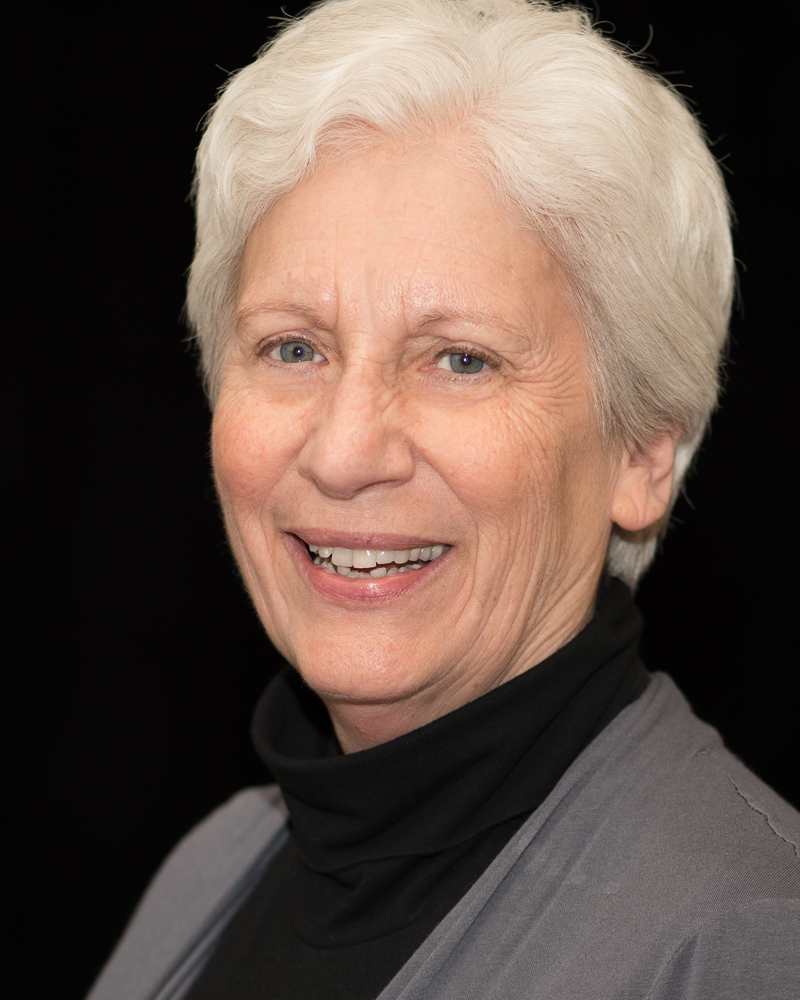
I recently had the opportunity to visit Israel as part of the 2018 WRJ Wilkenfeld International Women’s Leadership Seminar. Following the seminar, a number of us attended the Israeli Movement for Progressive Judaism Biennial on a kibbutz outside of Tel Aviv. Each of these two amazing events has been described in detail by other WRJ women who attended, and I recommend their articles to you.
The experience I want to share here is a day that I spent visiting the West Bank. While our WRJ group was in Israel, a group from ARZA (Association of Reform Zionists of America) was touring there as well. I was able to join this group for one day, a day entitled “What Are We Talking About When We Talk About Settlements?” I invite you to take a moment to think what the words “settlement” and “West Bank” mean to you. I certainly have had images in my mind. During this day with ARZA, I had the opportunity to interact with a number of individuals who choose to make their homes in settlements on the West Bank. Or to use other languages, in “communities in Judea and Samaria.” Language is important.
We left the hotel in Jerusalem and within 10-15 minutes we were crossing a checkpoint into the West Bank. The proximity is the first thing that struck me. Our first visit was to Pnei Kedem, an illegal settlement. Our hosts preferred we call it “not yet authorized.” This is a small community, a young community of fewer than 50 families. The community is surrounded by barbed wire fencing and we were allowed to enter through a security gate only after our host arrived to escort us. We met with a husband and wife who chose to make their home here only a few years ago. Rabbi Gabe Riess had taught at NFTY-EIE high school program (now URJ Heller High) with Rabbi Josh Weinberg, president of ARZA. Shira Riess is the daughter of Rabbi David Forman, of blessed memory, a well-known leader in the Israeli Reform movement. So both Gabe and Shira came from deep roots in the Reform movement. And now they had made the choice to live an Orthodox life in this illegal settlement outside the Green Line. As you can anticipate, our group saw many things differently than Gabe and Shira do, from how settlements impact the long-term prospects for peace, to the desire for two states for two peoples. In spite of these differences, they received us graciously and it was enlightening to be able to have a respectful dialogue across our very different perspectives.
We next traveled to a yeshiva, Yeshavat Har Etzion, in the Gush Etzion block of settlements. These settlements have a long history, dating back to the 1920’s, although on a much smaller scale than they are today. The yeshiva we visited was founded in 1967, shortly after the capture of the West Bank territory in the Six Day War. The school is set on beautiful grounds and the study rooms are filled with light. The students have already completed high school, they serve in the Israeli army as part of their program at this yeshiva, and they dress in modern clothes. The young man who toured us grew up in one of the settlements of Gush Etzion. He felt passionate about the importance of these settlements, located between Jerusalem and Hebron, describing them as the protector of Jerusalem’s southern flank and the future of the Jewish people. Again, a perspective different than our own.
Our next visit was with an organization called Roots. Roots is an organization that fosters Jewish settlers and Palestinians coming together for dialogue, to create trust, and to challenge the assumptions each community holds about the other. We sat outside with cats, dogs, chickens, and other animals all around us. We met first with Rabbi Hanan Schlesinger, who told us he is an Orthodox Jew, he is a rabbi, and he is a settler. He said that he although he had lived in the West Bank for over 30 years, he had never spoken with a Palestinian resident. They lived side by side but had no relationship; each group was invisible to the other. After talking with Rabbi Schlesinger, we met Noor Awwad, a young Palestinian man. Both men told us that their participation in this dialogue angers others in their respective communities. And yet, those involved in Roots travel around Israel and around the world, in pairs of one Jewish settler and one Palestinian resident, to spread the message that communication is possible.
So, what did I learn from my day in the West Bank? We already knew that any path to a lasting peace is extremely complicated. I learned that as much as I believe that the continued growth of settlements in the West Bank is an impediment to peace, those who believe otherwise are articulate, gracious, and equally passionate about their worldview. I learned that some believe there is a path to a one-state solution where Israel remains both a Jewish and democratic state. I saw first-hand people who have lived in these settlements for generations and cannot envision living anywhere else. And I met people who chose to relocate to the West Bank only recently. And at Roots, I learned that a small enclave of Jews and Palestinians are attempting to open lines of communication, in the face of push-back from both their communities. I can’t say that I feel either more hopeful or less hopeful for having had this experience, but I do feel grateful for the opportunity to step behind the Green Line and see the world through the eyes of others, even if only for one day.
Jane Taves is the WRJ Vice President of Marketing & Communications, and Advocacy. She is also a member of Temple Beth El Sisterhood in Cross Plains, Wisconsin.
Related Posts

Continuing to Educate and Empower People Together

My Challah-Making Experience


